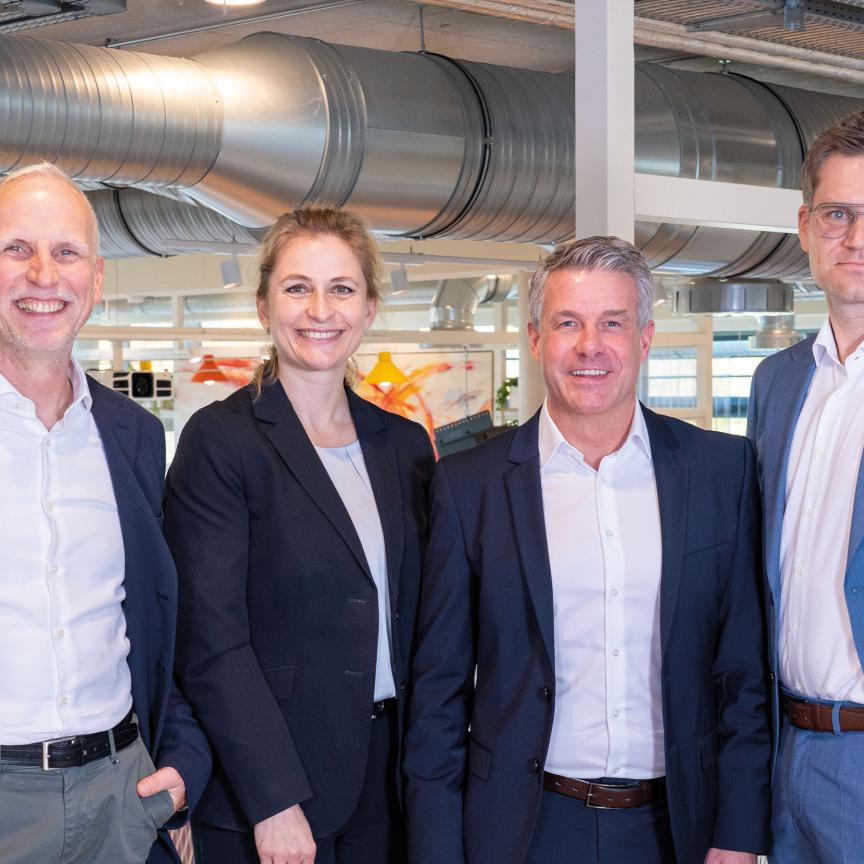Dan Rogers, head of publishing at Smithers Apex, finds the future is bright for image sensors for the machine vision market
In 2014, 1.6 million image sensor units were sold at an overall value of $172 million to machine vision applications, according to a new study from Smithers Apex, The Future of Image Sensors for Machine Vision to 2022. After recovery from a slight slowdown anticipated around 2018, close to 4.1 million units will be shipped in 2022 worth $294 million.
The report finds that the volume of image sensors used in machine vision applications shows a strong compound annual growth rate (CAGR) of 12.3 per cent, while the CAGR of the value is at 6.9 per cent. The difference derives from decreasing average unit prices. At the end of the forecast period, the price drop results in a small decrease of the market size that cannot be compensated by the growth rates in volume.
Image sensor applications
All application areas are facing a growth in volume over the forecast period from 2014 to 2022. Yet, due to the developments – mostly declines – in the unit prices, the market value does not keep up with the volume development, or in some cases it even leads to a decrease of the volume. Medical and life sciences is the area where strongest absolute growth can be observed, based on a solid growth in quantities using mostly high-priced and comparably value stable, high-end sensors. As their prices will decline over the next five years and volume growth will slow down a bit in 2022, the market value also shows a small decrease at that time as it does for ‘manufacturing others’, a category in the report that covers manufacturing applications like quality inspection, automated material handling, vision guided robots, additive manufacturing and the like.
Industries that rather use low-end sensors and cannot build on high growth rates in volume are prone to an overall decrease of their market volume, such as packaging and also electronics, albeit to a more moderate extent. Food production, however, is benefiting from its demand for high-quality global shutter CMOS sensors, as well as infrared and hyperspectral sensors, and will have the strongest growth in value.
Fields with a significant penetration by machine vision systems and a focus in Europe will be harmed by the anticipated slowdown of the European economy in 2018 – not leading to a decline in numbers, but slowing down the growth before it picks up from 2019 onwards, and accelerates in 2020 and 2021. Thereafter, the level of state debts of the US and emerging countries in Eastern Europe, South America, and Asia are likely to lead to another slightly slower growth from 2021 to 2022.
General manufacturing automation is showing and maintaining the biggest market share. Furthermore, automation of food production, medical applications and other emerging applications are going to drive the volume increase with growth rates above average.
Traffic and transportation is maintaining its market share as numerous highways, parking lots, toll gates, red lights, speed control points, railway inspection vehicles and other units in the field will be equipped with cameras for automatic monitoring, access control, quality inspection, number plate recognition and so on. The electronics and automotive manufacturing industries operate already at a high degree of automation. Thus, growth rates are not expected to keep up with other areas, especially as higher resolution sensors are subject to replace multiple low-resolution sensors in new electronics manufacturing lines.
Machine vision drivers
Image sensors define the key parameters of machine vision systems like their spatial and temporal resolution capabilities. Therefore, The Future of Image Sensors for Machine Vision to 2022 report focuses on image sensors for machine vision systems, excluding in-car applications and simple barcode readers.
Industry experts agree that the market growth of image sensors is driven by performance, technologies and applications rather than by price, since the image sensor itself is often not the cost driver of machine vision systems. The digitisation of the image signal and pre-processing on the sensor influence the complexity and costs of the camera. Yet the positive or negative evaluation of the business case of an image processing system is not dependent on the price of the image sensor in most cases.
The trend of image sensor prices is driven by the shift away from CCD sensors to CMOS imagers. In 2014 and shortly after, both technologies coexisted on the market for machine vision. CMOS showed a focus on low-cost rolling shutter devices; CCD a focus on higher priced low-end variants, aside from costly high-end versions. The trend clearly goes to CMOS global shutter sensors, which are now partly higher priced than comparable CCDs. Yet in the future, they will most certainly eradicate low-end CCDs from the market, thanks to their better performance and the potential for even lower pricing. At the same time, more cost-effective high-end CMOS will drive high-end CCDs into niches, where they can outperform CMOS sensors still.
Due to significantly different price levels and different trends in unit prices of sensors of the various types, the market values for image sensor types in machine vision undergo partially very different developments than the volumes.
--
The Future of Image Sensors for Machine Vision to 2022 (http://www.smithersapex.com/market-reports/image-sensors-for-machine-vision) report is published by Smithers Apex, which provides market reports, strategic consultancy and events to niche, emerging and high-growth industries.

